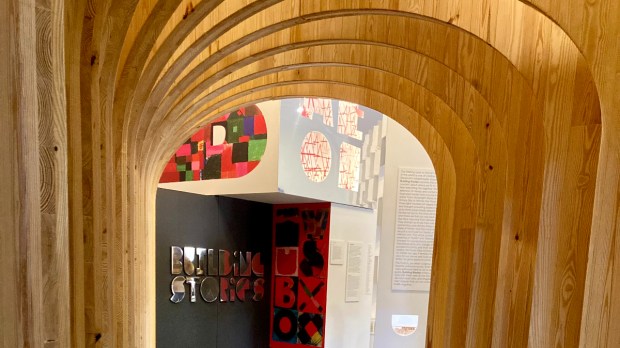Lenten Campaign 2025
This content is free of charge, as are all our articles.
Support us with a donation that is tax-deductible and enable us to continue to reach millions of readers.
What was your favorite book when you were little? If we stop to think about it, we can easily remember our favorite books, movies and shows that we loved when we were kids.
There is something about the stories we hear as children that shape us in a special way, often in a deeper and more lasting way than the stories we hear as adults.
Perhaps this is why Plato warned parents, in his famous Republic, to be very careful about what stories to let kids hear, writing, “We shall persuade mothers and nurses to tell our chosen stories to their children, and by means of them to mold their minds and characters which are more important than their bodies.”
The stories we hear as children help us understand our place in the world, imagine new horizons and possibilities, face challenges, and empathize with other people.
Like stepping into a children’s book
If you too are interested in stories for children, and especially if you’re in the area with your child, you won’t want to miss a new exhibit at the National Building Museum in Washington, DC. (But you don’t need to be with a child to enjoy it: I went without my kids and loved the experience.)
It’s called Building Stories, and this charming exhibit feels like stepping into the pages of a children’s pop-up storybook. Of course, this being the National Building Museum, the focus is on the architecture, engineering, construction, and design found in the pages of children’s books.
The exhibit will run until 2034, so you can catch it if you’re in DC any time in the next 10 years!
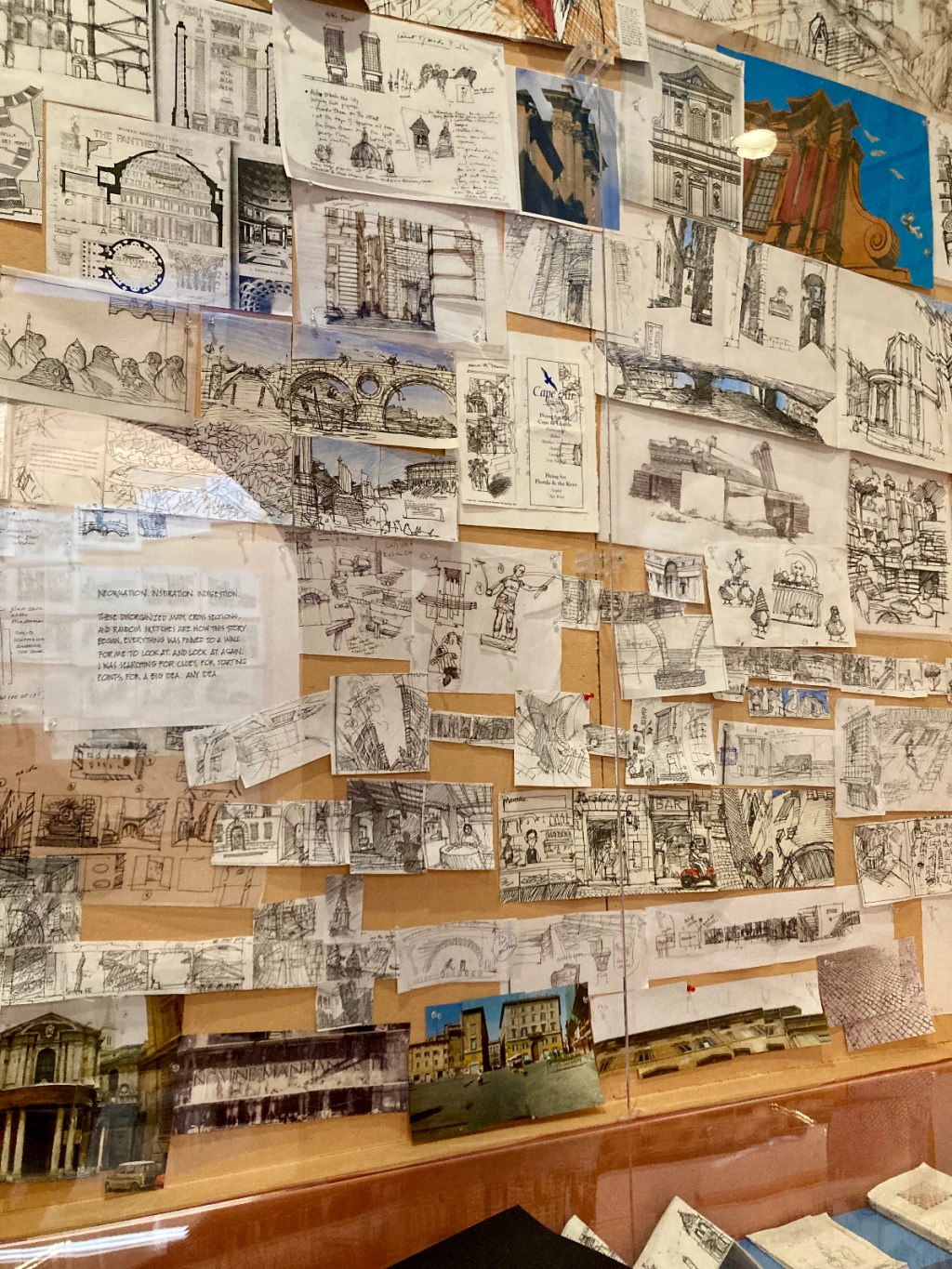
Classics such as Goodnight Moon, Winnie-the-Pooh, The Snowy Day, Eloise, The Phantom Tollbooth, The Hobbit, Rome Antics, Tar Beach, A House for Hermit Crab, and Here We Are all make appearances in the visually stunning and ambitious exhibition, which was more than six years in the making.
Not just for children
I had the chance to check out Building Stories on a recent visit to Washington, DC, and it was a real highlight of the trip. The beautifully designed exhibit called to mind the wise words of poet W.H. Auden, who wrote, “There are no good books that are only for children.”
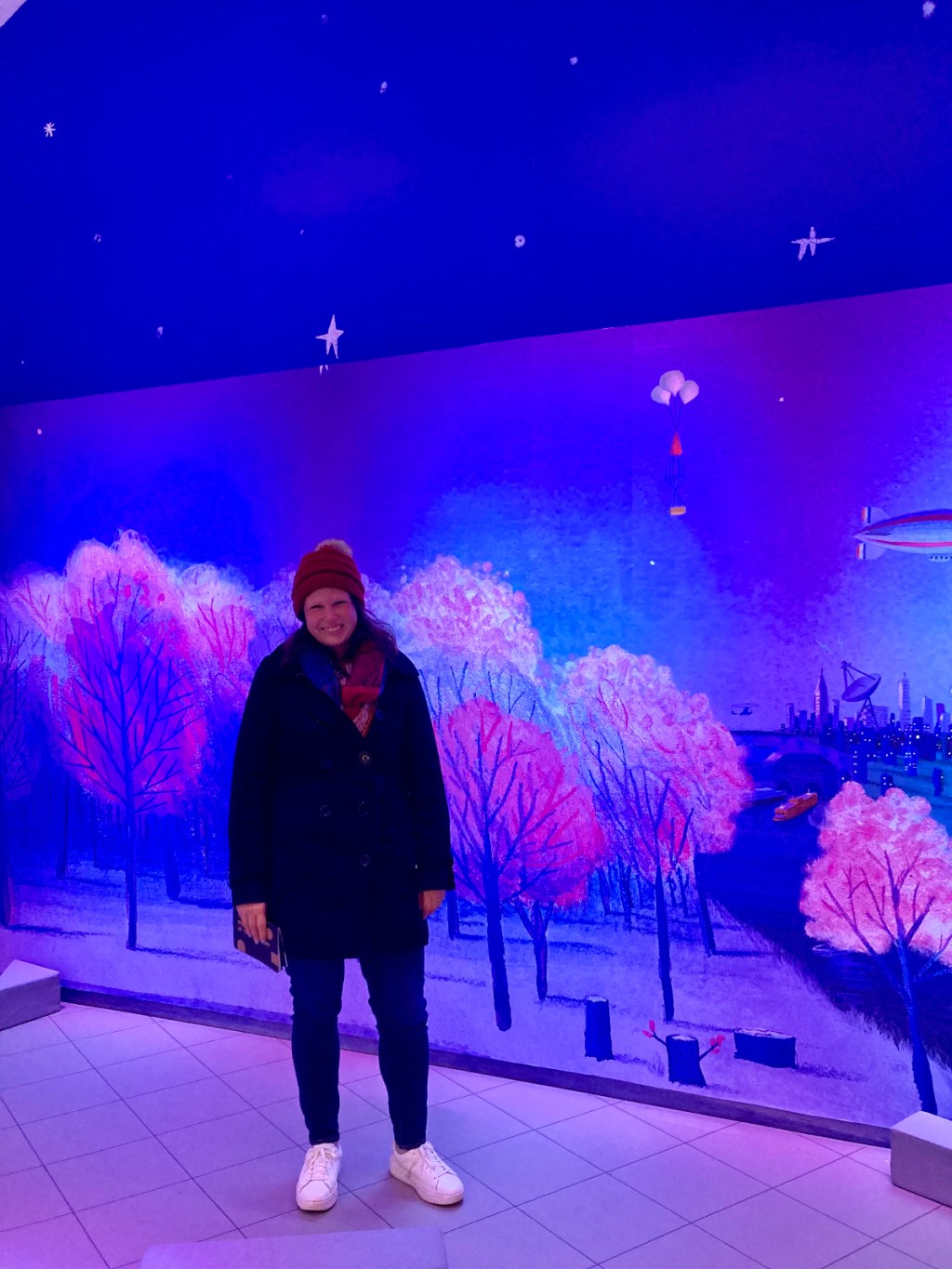
Exhibit curator Leonard S. Marcus said in an interview:
Children’s books tell the story of our hopes and dreams, so it’s natural that one of the main themes and storylines they return to again and again is: what does it mean to feel at home in the world? That’s a question that all of us ask ourselves from childhood onward, and it is the core question that Building Stories sets out to explore across geography, time, and the world’s diverse cultures, with a wide-ranging selection of memorable books as our guide.
The exhibit reveals connections between building a story and building our homes, our neighborhoods, our cities, and our worlds. The hands-on and creative nature of the exhibit is a great fit for even the wiggliest of little ones: “I hope that even children who do not ordinarily feel comfortable in a museum setting will find that they feel very much at home in this one, and that they will want to return to Building Stories again and again over the course of its ten-year run,” Marcus said.
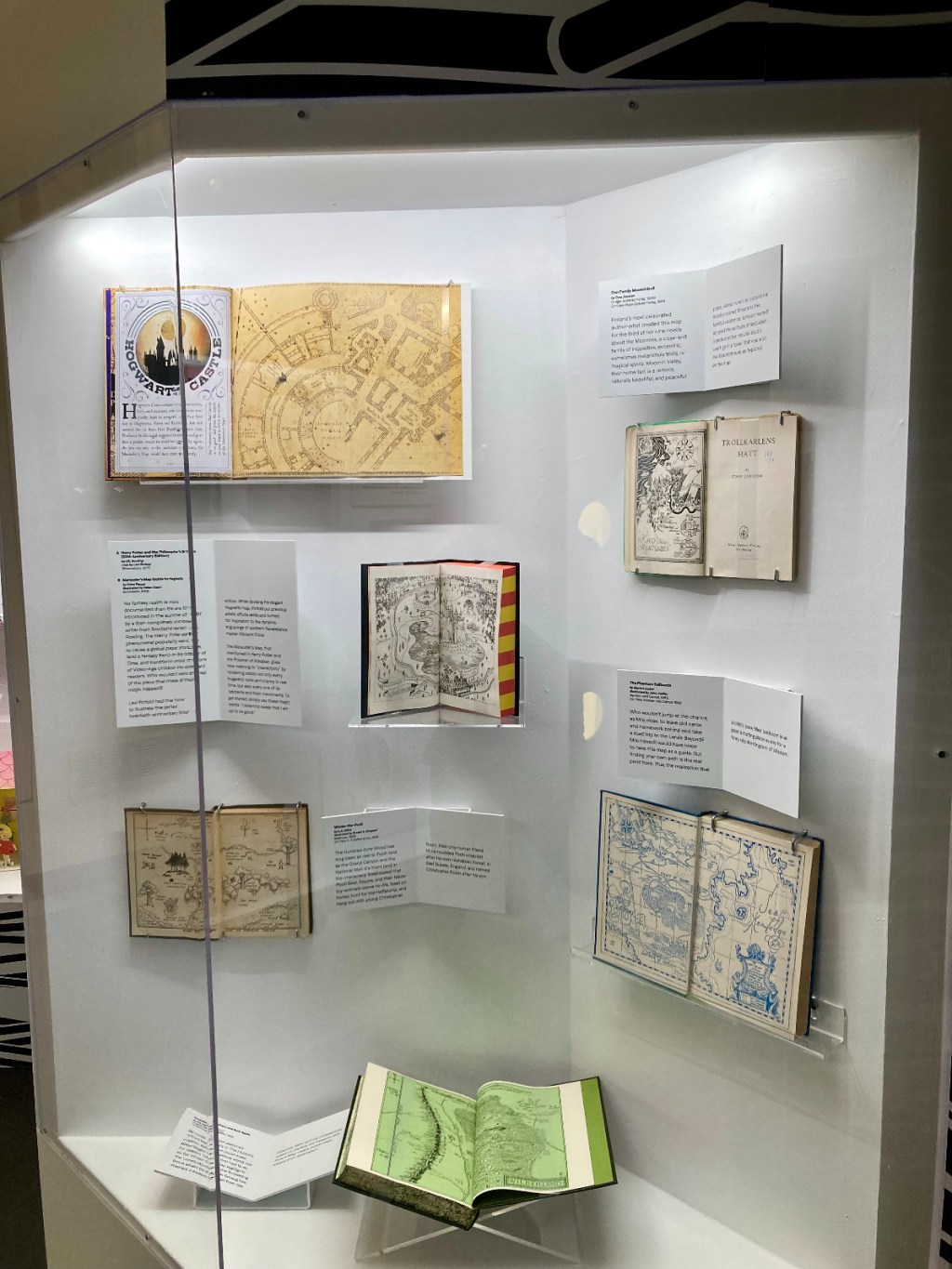
Aileen Fuchs, president and executive director of the National Building Museum, said, “We are ecstatic to open Building Stories to the public after many years of planning. Building Stories celebrates the impact that children’s literature has had on all of us, and how it has helped us find our place in the world.
The geography of imagination
My favorite part of the exhibit was a section on maps in children’s books, leading to reflection on the geography of imaginary worlds that children so readily create. The creativity and imagination of young children is a kind of genius, one which we adults can learn from and enjoy. I love how this exhibit celebrates that childlike genius.
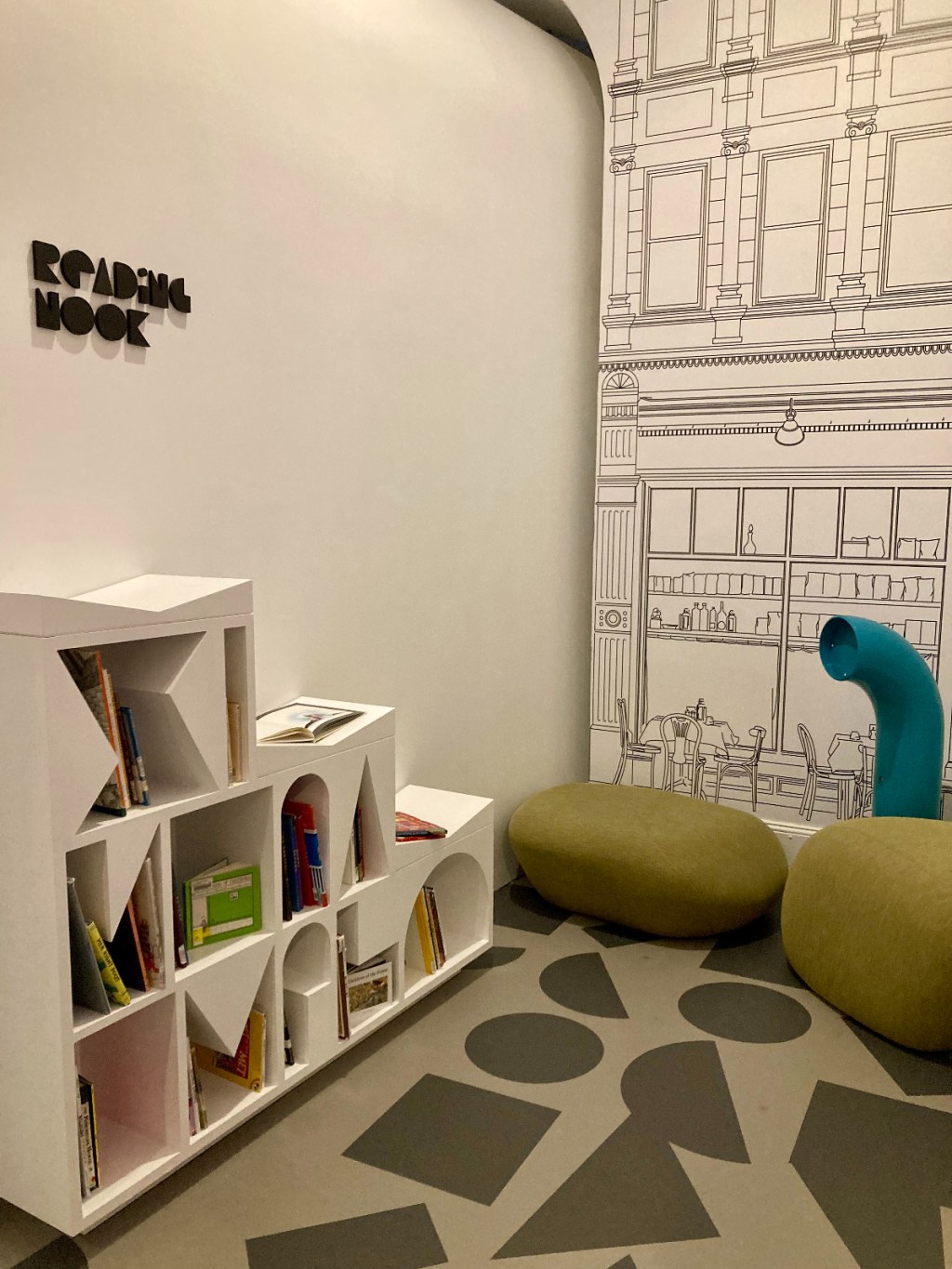
Another thoughtful feature: The little “reading nooks” tucked throughout the exhibit, inviting spaces for a child to rest, look at books, and enjoy a little quiet time as needed. My kids would have spent a lot of time in these!
One other favorite part was the little sketchbook each visitor receives to take home, with opportunities to add a stamp to the book throughout the exhibit. It was a delightful surprise to stamp my book and reflect on the questions and activities inside.
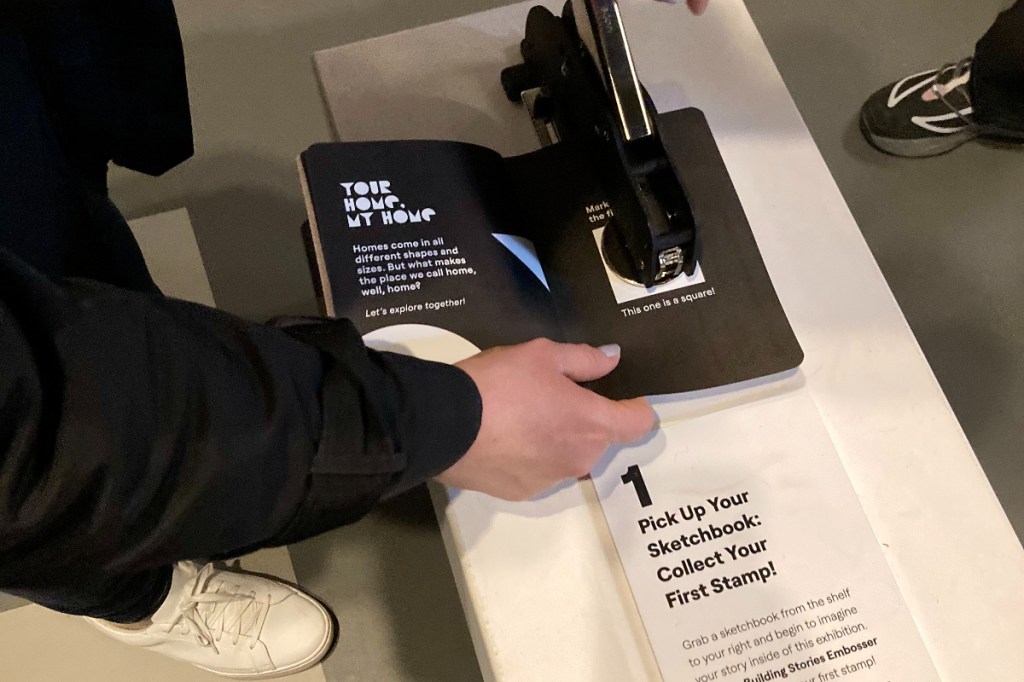
While I may not see exactly eye-to-eye with Plato on the best stories for young people, I certainly agree that children’s stories are incredibly important. This exhibit dedicated to children’s stories was such an enjoyable experience and is well worth a visit. Hopefully this exhibit highlighting children’s stories can inspire people everywhere to look at the world with a child’s fresh, inspired creativity.
